
If you fly often, you probably make it a point to bring along headphones or earbuds. You may even do what I do and designate a set specifically for flying (in my case, it’s a pair of Sony noise-cancelling over-the-ear headphones).
And sooner or later, you’ll forget them, just like I did on my JetBlue flight on Sunday.
I was getting settled into my second-last row seat when one of the flight attendants spoke to the only person in the row behind me.
“There are going to five unaccompanied minors sitting in your row,” the attendant told her. “Would you like to be moved to an exit row seat?”
Her eyes went wide when as soon as the words unaccompanied minors finished sounding, and her seatbelt was unbuckled before he finished making the offer. I was already fishing through my laptop bag for my headphones, and that’s when I realized that I’d forgotten to pack them. They were in my other laptop bag.
As much as I didn’t want to pay for another pair of headphones — in addition to my designated flying pair, I have dozens of earbuds of varying quality at home, most of which I got from working at Microsoft or as tech conference swag — I wanted to hear rambunctious rugrats even less.
It turned out that the kids in the row behind me were pleasant and well-behaved, thanks to mobile electronics and what I’m presuming is good parenting. Still, if it wasn’t for them, I wouldn’t have discovered the best deal that JetBlue offers.

JetBlue’s earbuds are pretty nice. They’re comfortable and unlike many other earbuds, they stay secure in my ears. Better still, they sound better than not only the free ones I’ve picked up at conferences, but even earbuds priced in the $10 – $20 range, and I’m not the only one who thinks so. At $5, they’re a pretty good deal, but they’re not the real deal.

The real deal is the zippered felt case that comes with them. In fact, I was leaning towards not buying the headphones until I saw the case. It’s made of thick grey felt, and zips shut with a blue zipper with a big handle that reminds that you got it from JetBlue. Here it is, placed beside a dollar bill to help you get an idea of its size:

Don’t think of it as a case that comes free with $5 earbuds. Instead, think of it as a $5 small electronics/cable/USB key/dongle/battery organizer that happens to come with some free earbuds. You’re not going to find a handy little case like this at Best Buy, the Apple Store, or any other electronics shop at that price.

It works quite well for storing USB charging/interface cables…

It’s handy for keeping spare batteries in one place in your bag:

It’s a decent business card holder…
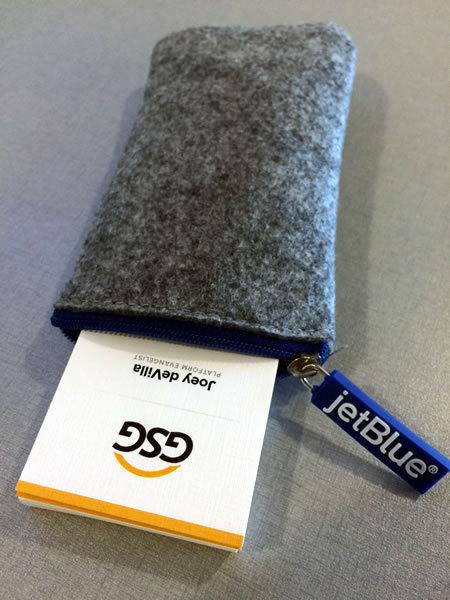
And if you’ve been looking for something to safely carry your Apple Magic Mouse in your bag o’ stuff, guess what — JetBlue sells one, and for far less than anything you can get at your local Apple Store!
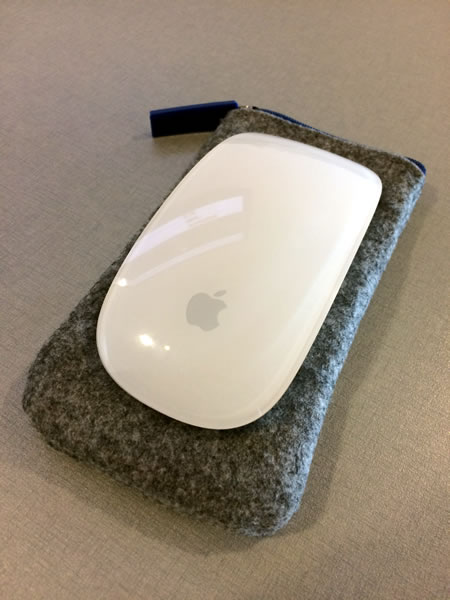
I’m flying back to Tampa on JetBlue on Friday morning, and I just might have to buy a couple more sets of earbuds!

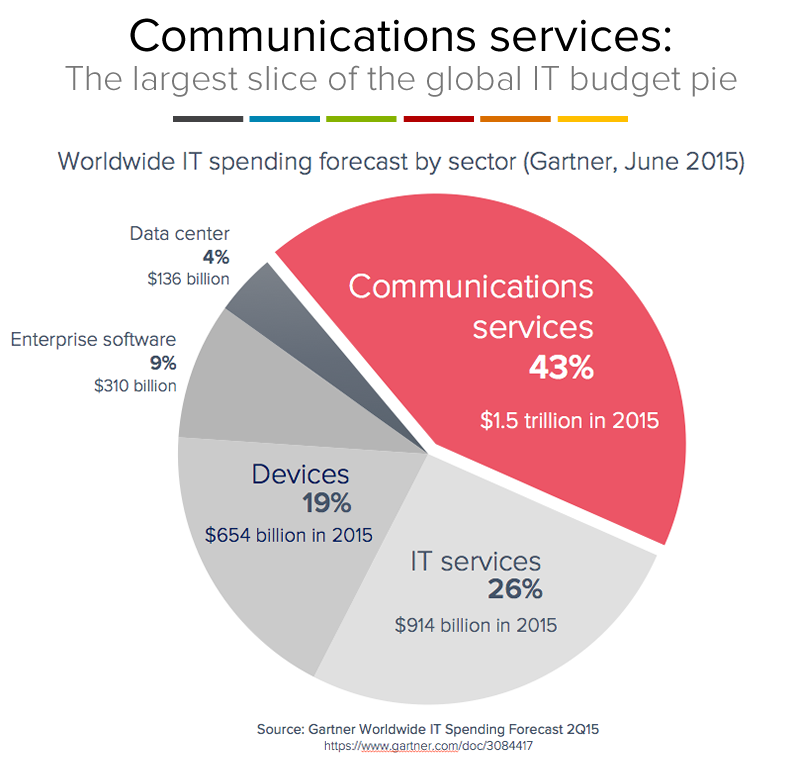

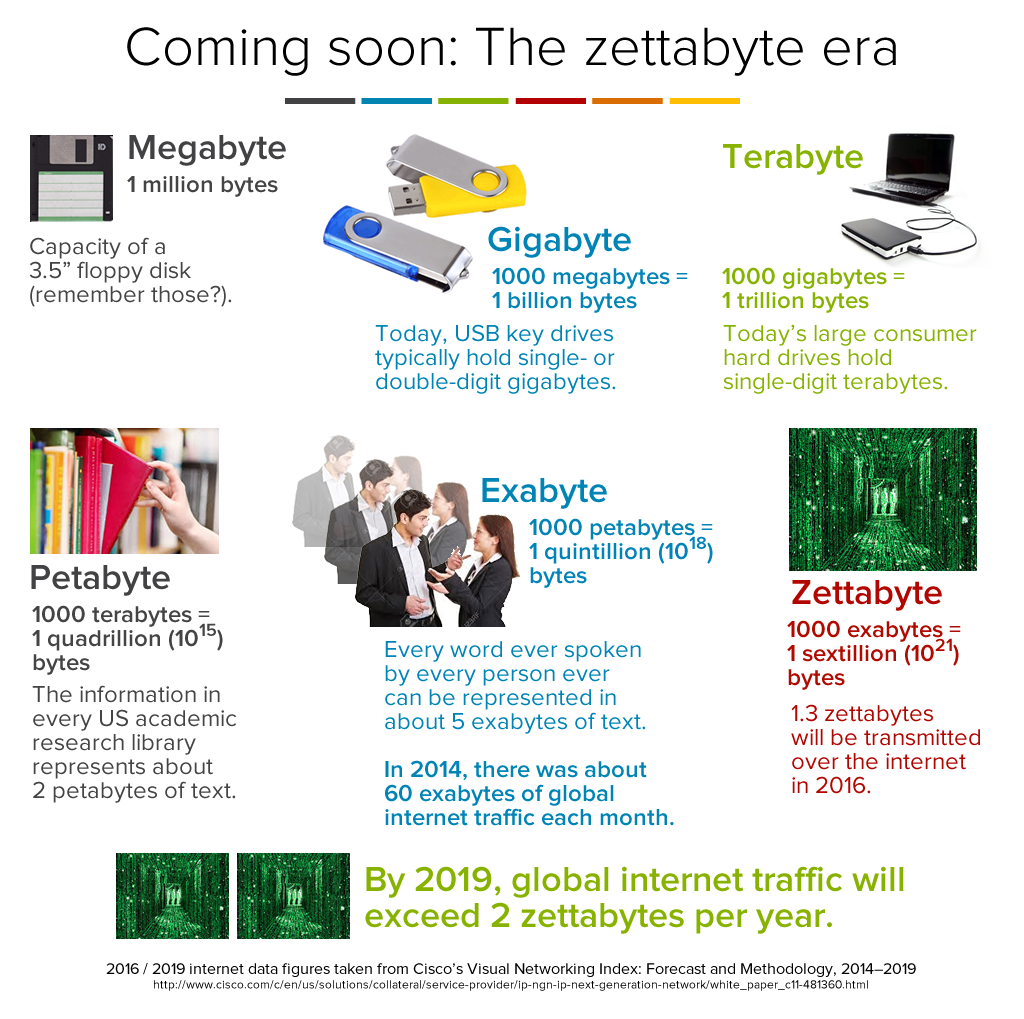













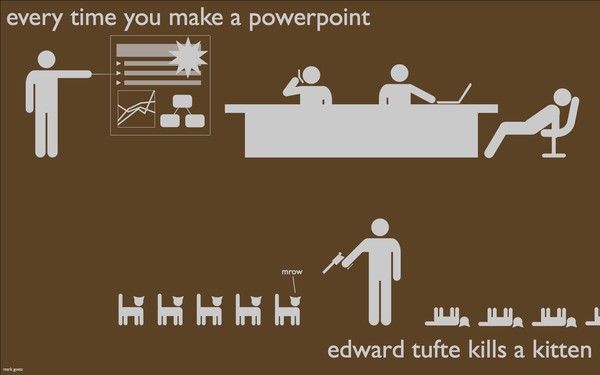
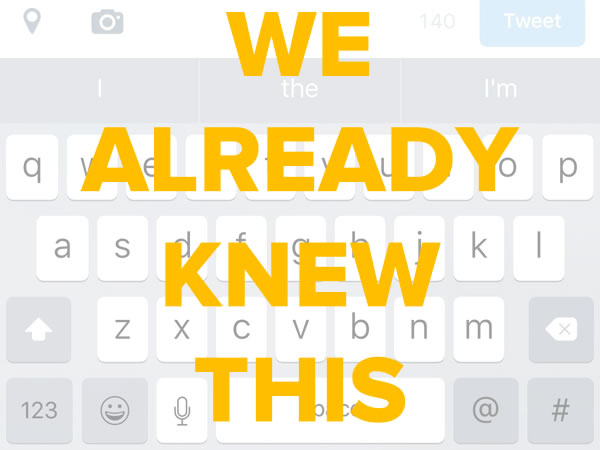

 If you’re thinking “What’s the catch?”, you’re right — there are a few, but in my view, they’re pretty minor:
If you’re thinking “What’s the catch?”, you’re right — there are a few, but in my view, they’re pretty minor: